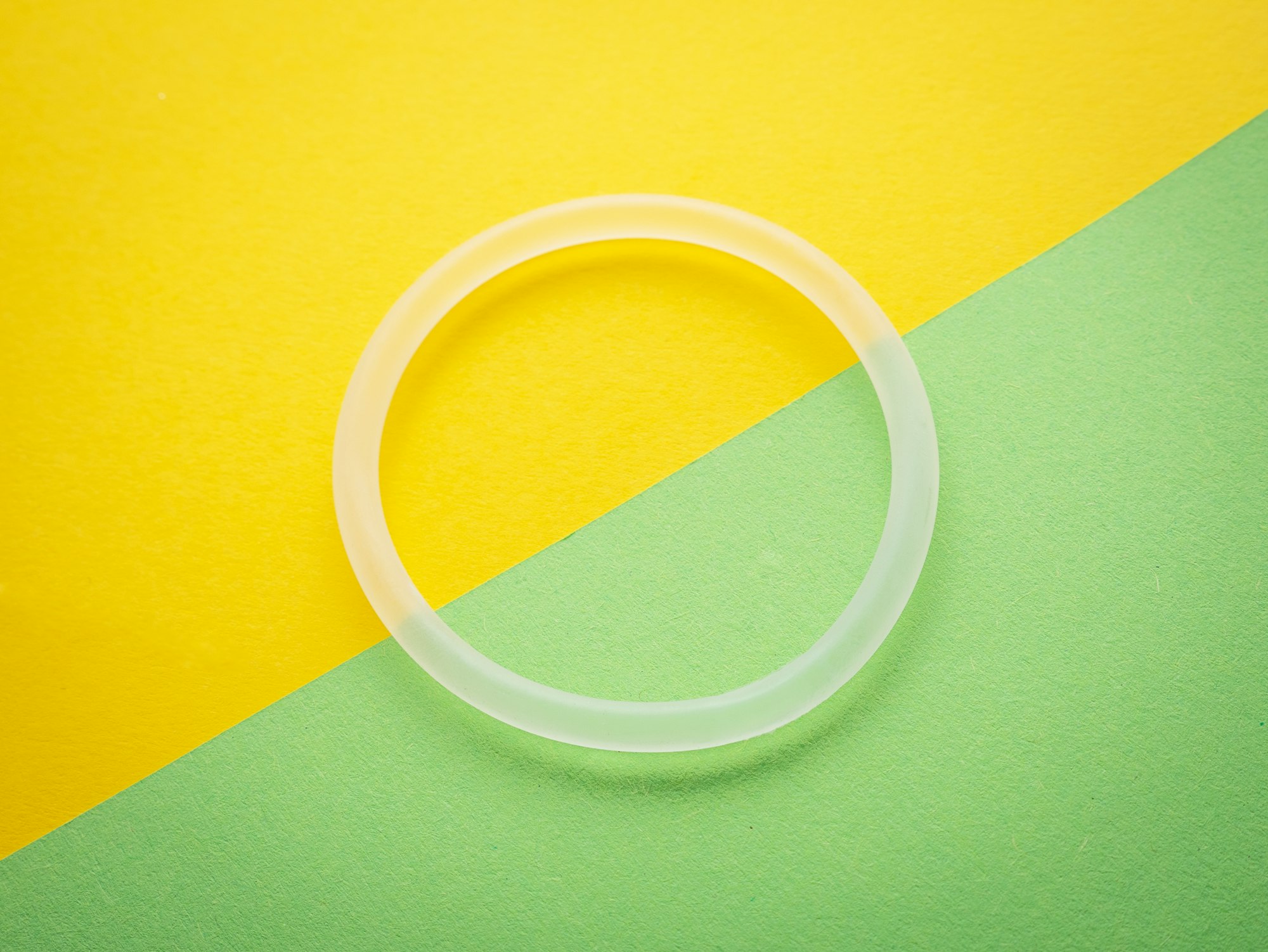Ring Around the Rosie: What You Need to Know About Vaginal Rings

Let's talk about vaginal rings – a modern and convenient birth control method that's been making waves in the world of contraception. If you're searching for an easy and effective way to take charge of your reproductive health, this could be the solution for you!
In this article, we'll delve into how vaginal rings work, explore their benefits, and discuss a few considerations to help you make an informed decision.
You only need to insert and remove them once a month, which means no daily pill reminders.
How Vaginal Rings Work:
Vaginal rings are small, flexible devices that are inserted into the vagina. These rings release a combination of oestrogen and progesterone hormones that are gradually absorbed through the vaginal lining. By providing a steady stream of hormones, they prevent ovulation and thicken cervical mucus, making it harder for sperm to reach the egg. Talk about multitasking!
Benefits of Vaginal Rings:
Convenience
Vaginal rings offer a hassle-free contraceptive option. You only need to insert and remove them once a month, which means no daily pill reminders.
Effective and Reversible
With typical use, vaginal rings boast a 90% efficacy rate in preventing pregnancy. That means 9 in every 100 women will become pregnant in one year. Plus, once you're ready to start a family, simply remove the ring, and your fertility should return promptly.
Regulated Periods
Some women appreciate the predictable and lighter periods that often come with using vaginal rings once any initial irregular bleeding has settled. Say goodbye to unexpected surprises and hello to a more controlled menstrual cycle!
Potentially less side effects
Since hormones are released directly into the vagina, they have localised effects on the reproductive system and bypass the digestive system and liver, potentially reducing systemic side effects (aka effects that occur throughout the entire body rather) linked to hormonal contraception.
With typical use, vaginal rings boast a 90% efficacy rate in preventing pregnancy.
Cons to Consider:
Possible Side Effects
Like any hormonal birth control method, vaginal rings can cause side effects such as breast tenderness, mood changes, or nausea. However, for the majority of people, these effects are typically mild and tend to subside after the initial adjustment period.
Sexually Transmitted Infections
They do not protect against STIs.
New Skills To Master
Unlike birth control pills, which are easy to swallow, inserting and removing the vaginal ring may require a little extra practice. However, with some practice and familiarity, you'll become a pro in no time!
What You Need To Know
Vaginal rings offer a modern and convenient birth control option for women who crave a straightforward approach to contraception.
With their ease of use, high efficacy, and potential for regulated periods, they have become a go-to choice for many women. Remember, no birth control method is perfect, and it's essential to consult with your healthcare provider to determine if vaginal rings are the right fit for you.
Created in collaboration with:


References
Australia
Contraceptive vaginal ring, healthdirect, 2023
Canada
Hormonal Contraception, Sex & U, no date given
United Kingdom (UK)
Vaginal ring, National Health Service (NHS), 2021
Vaginal ring contraceptive (NuvaRing), SHL.UK, 2020
United States of America (USA)
Birth Control Method: Vaginal Ring, American College of Obstetricians and Gynaecologists (ACOG), 2021

